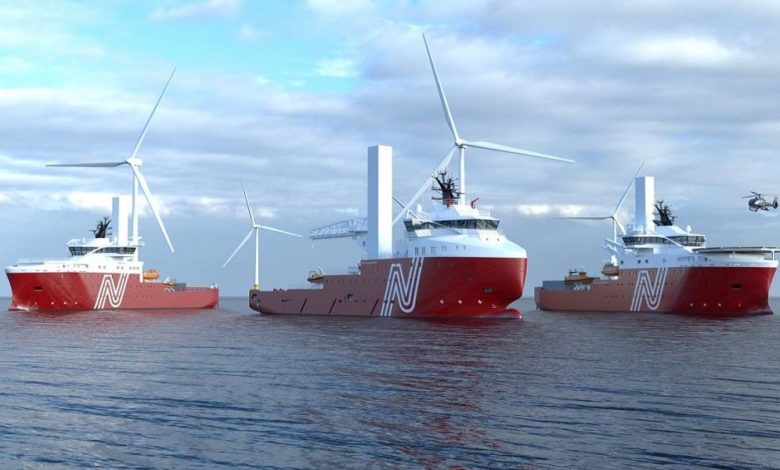Most of construction fleet to serve offshore wind by 2050

Offshore construction fleet servicing oil and gas will decrease towards 2050 following reduced activity in that sector and take a much greater role in offshore wind, a new report by classification society DNV has found.
Namely, DNV has worked out that around 90% of construction vessel capacity will provide services to offshore wind projects in 2050.
Wind turbine installation vessels (WTIVs), a new type of ship forming part of this fleet, will be used for the installation of bottom-fixed wind turbines, while floating wind farms will require different installation methods, driving the design of new types of WTIVs, according to DNV.
DNV also pointed to the increasing use of specialised construction support vessels that will provide services like cable-laying, and rock dumping, as well as the use of commissioning service operation vessels (CSOVs).
Meanwhile, offshore support vessels (OSVs) are expected to enter a downward trajectory just after 2030 due to reduced oil and gas exploration and production – when the sector’s activities are expected to peak.
As a large share of the emerging ship type – service operation vessels (SOVs) – are in fact converted OSVs, the market might see more of these ships retrofitted for offshore wind operations. DNV noted, however, that the complexity of conversion projects depends on many choices made during initial ship design, hence, conversions could vary greatly in cost and timeliness.
